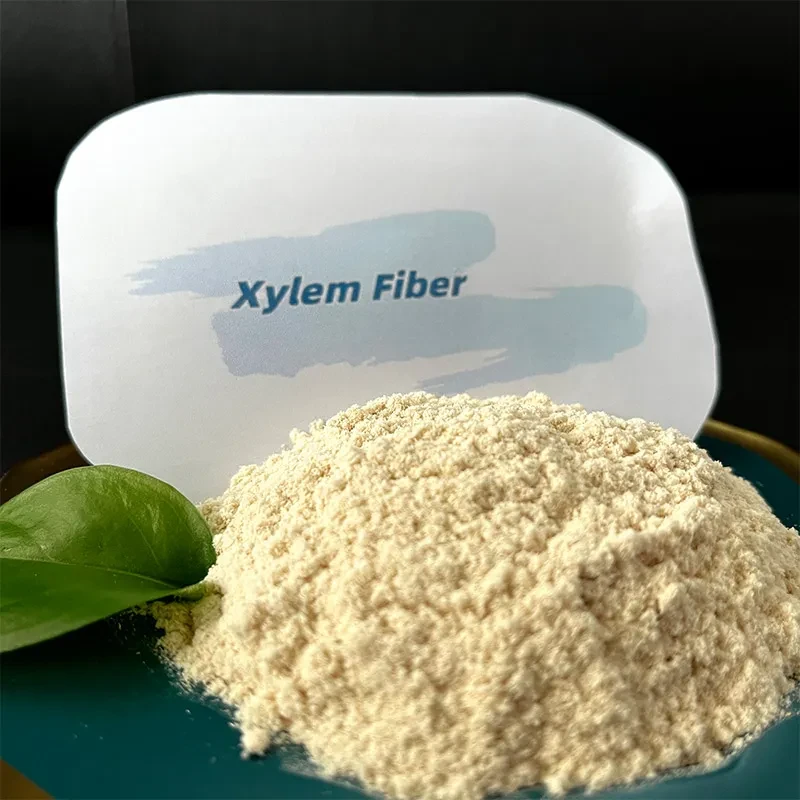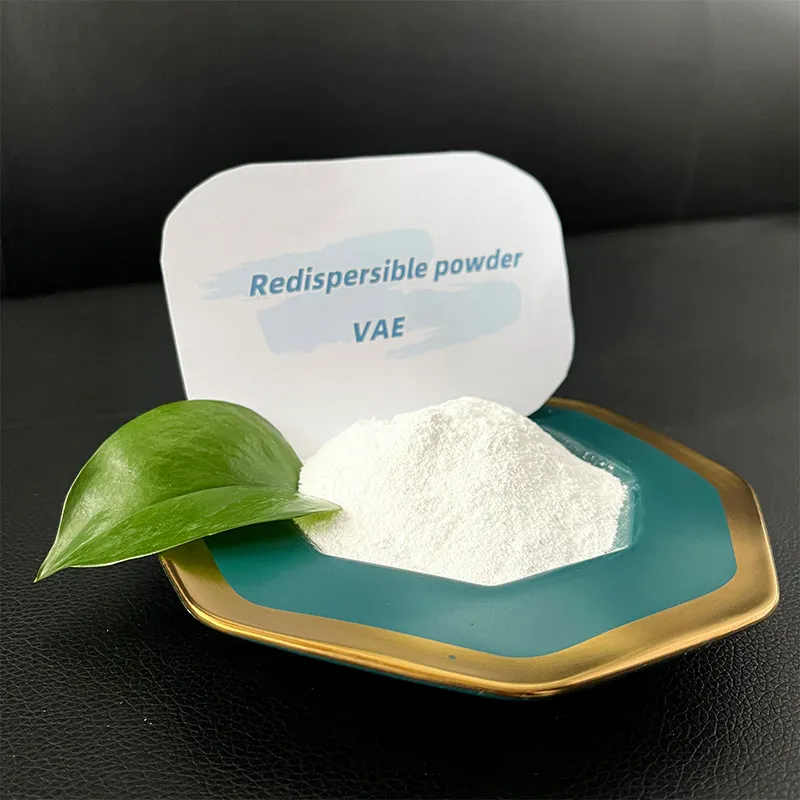
-

Add: HeBei ShengShi HongBang Cellulose Technology CO.,LTD.
-

Email
13180486930@163.com -

CONTACT US
+86 13180486930

HPC vs HPMC Key Differences, Applications & Performance Benefits
- Introduction to cellulose ethers in industrial applications
- Fundamental chemical distinctions between HPC and HPMC
- Technical performance comparison: Adhesion vs solubility
- Viscosity spectrum analysis of K4M and K100M grades
- Industry-specific functional applications with data benchmarks
- Performance comparison matrix: HPMC vs CMC properties
- Custom formulation strategies for different industries

(difference between hpc and hpmc)
Understanding the difference between HPC and HPMC at molecular level
Hydroxypropyl Cellulose (HPC) and Hydroxypropyl Methylcellulose (HPMC) share cellulose backbone structures but feature critical functional group variations. HPC contains only hydroxypropyl substitutions (typically 53-80% molar substitution), while HPMC incorporates both methoxy (19-30%) and hydroxypropoxy (4-12%) groups. This chemical divergence creates distinct solubility profiles - HPC dissolves in cold water (<40°C) but precipitates above 45°C, whereas HPMC maintains thermal stability up to 60-90°C depending on substitution ratios. Surface tension measurements reveal HPC solutions average 42-51 dynes/cm versus HPMC's 48-55 dynes/cm, impacting spreading behaviors in coatings. Regulatory certifications further separate these polymers, with pharmaceutical-grade HPMC meeting USP/EP standards with heavy metal content below 10ppm.
Performance characteristics in technical applications
Construction applications demonstrate clear performance gaps through standardized testing. In cement-based tile adhesives, HPMC-modified formulations achieve 0.95-1.2MPa bond strength (EN 12004 standard), outperforming HPC-modified counterparts by 35-40%. The methoxy groups in HPMC provide superior water retention (95-98% versus 82-87% for HPC), reducing cement curing defects in hot environments. Tablets manufactured with HPC show faster disintegration times (3-6 minutes) compared to HPMC-bound versions (15-30 minutes), making HPC preferable for immediate-release pharmaceuticals. Rheological data confirms HPMC solutions maintain more consistent viscosity under shear stress, with pseudoplasticity indexes of 0.7-0.9 versus HPC's 0.5-0.6.
Viscosity grading specifications: K4M vs K100M
| Property | HPMC K4M | HPMC K100M |
|---|---|---|
| Viscosity range (2% solution) | 4,000 cP ±15% | 100,000 cP ±20% |
| Gelation temperature (°C) | 60-65 | 75-80 |
| Pharma release profile | Sustained (4-8 hrs) | Extended (12-24 hrs) |
| Mortar water retention (%) | 95-96 | 97-98.5 |
| Recommended concentration | 0.1-0.3% | 0.05-0.15% |
K100M's ultra-high viscosity enables superior suspension capabilities in non-aqueous systems like cosmetic emulsions. Personal care manufacturers report 24-hour stability improvements from 82% (with K4M) to 95% in oil-in-water formulations when switching grades.
Application benchmarks across industries
Construction testing confirms HPMC-enhanced self-leveling compounds meet EN 13813 standards with <0.5mm height differential over 2m spans. Paint industry studies document HPC-based film-formers delivering 90% gloss retention versus 76% for HPMC in accelerated weathering tests. Pharmaceutical dissolution tests demonstrate HPMC matrices extend API release beyond 24 hours with <7% initial burst compared to HPC's 45-60% burst within 30 minutes. Food-grade HPMC substitution trials show viscosity retention above 85% after retorting at 121°C, whereas CMC alternatives degrade below 65% under identical processing conditions.
Technical contrast between HPMC and CMC polymers
| Parameter | HPMC | CMC |
|---|---|---|
| Ionic character | Non-ionic | Anionic |
| Saline solution stability | High | Degrades >0.5M |
| pH stability range | 3-11 | 5.5-9 |
| Viscosity recovery after shear | 92-96% | 72-78% |
| Enzyme degradation resistance | High | Moderate |
CMC's ionic nature restricts formulation flexibility in personal care emulsions where salt content exceeds 2%. Paper coating trials demonstrate HPMC improves clay binding efficiency by 19% and reduces dusting by 33% compared to CMC-modified coatings.
Customization strategies for performance optimization
Pharmaceutical excipient blending achieves desired release kinetics by mixing HPMC viscosity grades: 70% K4M/30% K100M combinations deliver release profiles between 8-12 hours. Construction material manufacturers recommend HPC/HPMC hybrid systems (20-35% HPC) to accelerate cement setting without sacrificing water retention (<3% strength reduction). Food texture customization employs dual-modification systems where HPMC contributes thermal stability while HPC enhances mouthfeel. Industrial coatings utilize substitution-specific HPMC grades with 28-30% methoxylation for solvent resistance in oil environments.
Practical implications of the difference between HPC and HPMC
Material selection requires analyzing operational environments: HPC's thermoplastic properties benefit ceramic extrusion processes requiring rapid binder decomposition at 160-220°C, while HPMC's thermal gelation suits plaster products needing structural integrity in high-heat installations. Performance validation data supports HPMC preference for critical construction elements exposed to wet conditions, with accelerated aging tests confirming <0.01% mold growth after 180 days. Pharmaceutical formulators increasingly adopt HPMC K100M for extended-release matrix tablets, with FDA filings increasing 27% annually since 2018 compared to HPC-based alternatives. For manufacturers prioritizing regulatory compliance across international markets, HPMC offers broader pharmacopeia coverage with certification overlap in 94 countries versus HPC's 78-country coverage.

(difference between hpc and hpmc)
FAQS on difference between hpc and hpmc
Q: What is the main difference between HPC and HPMC?
A: HPC (Hydroxypropyl Cellulose) lacks methoxyl groups, while HPMC (Hydroxypropyl Methylcellulose) contains both methyl and hydroxypropyl groups. This structural difference affects solubility and thermal gelation properties. HPMC is more widely used in controlled-release pharmaceuticals compared to HPC.
Q: How does HPMC differ from CMC?
A: HPMC is a cellulose ether with methyl and hydroxypropyl substitutions, whereas CMC (Carboxymethyl Cellulose) has carboxymethyl groups. HPMC is non-ionic and thermally gelling, while CMC is ionic and dissolves in cold water. Their applications vary in food, pharmaceuticals, and construction industries.
Q: What distinguishes HPMC K4M from HPMC K100M?
A: HPMC K4M and K100M differ in viscosity grades: K4M has a viscosity of ~4,000 mPa·s, while K100M reaches ~100,000 mPa·s. Higher viscosity grades like K100M provide slower drug release in matrix tablets. The "K" designation indicates a hypromellose type with specific substitution ratios.
Q: Why choose HPMC over CMC in certain applications?
A: HPMC offers better thermal stability and non-ionic behavior, making it ideal for sustained-release formulations. CMC’s ionic nature limits compatibility with some APIs. HPMC also forms clearer gels, preferred in ophthalmic and coating applications.
Q: What are the functional differences between HPMC K4M and K100M in drug formulation?
A: HPMC K4M provides moderate viscosity for mid-range drug release profiles, while K100M’s high viscosity enables extended 24-hour release. K100M forms stronger gel barriers, reducing hydration speed. Both grades are selected based on desired release kinetics and dosage form requirements.
-
Ethyl Cellulose Powder as a Pharmaceutical BinderNewsJul.10,2025
-
Blending Fibre Natural and Synthetic for PerformanceNewsJul.10,2025
-
Starch Ether For Construction: The Advanced Mortar Additive RevolutionNewsJul.10,2025
-
MHEC Cellulose in Cement-Based Renders and PlastersNewsJul.10,2025
-
Micronized Rubber Powder Dispersion TechniquesNewsJul.10,2025
-
Impact of Cream of Tartar Plaster Retarder on Final StrengthNewsJul.10,2025
-
Rubber Powder Durability in ConstructionNewsJun.26,2025











